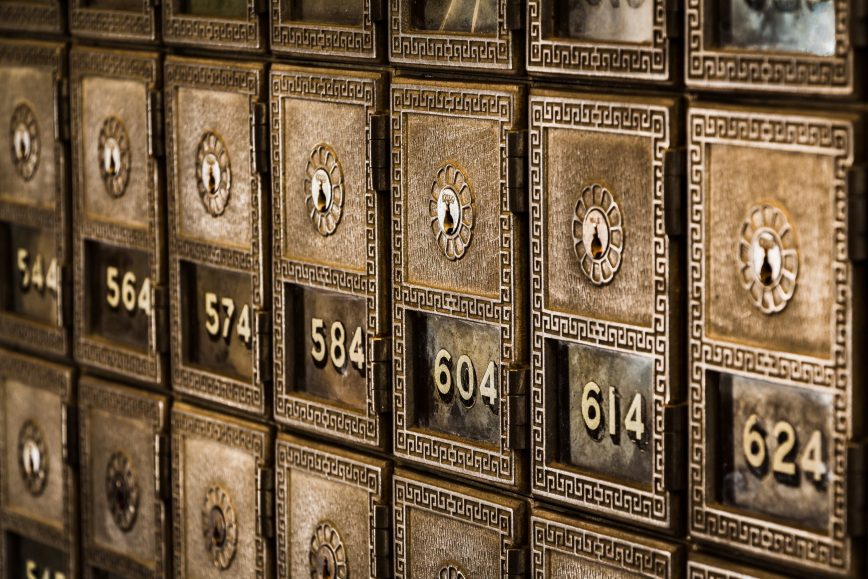Bear is a great place to store your notes, writing, code snippets, and more, but sometimes accidents happen. A phone might get dropped, an old Mac hard drive might burn out, or a device could even get stolen. We highly recommend that everyone have a regular backup system for Bear and all their important data. Fortunately, Bear has a few ways to help.
Bear Pro is your first line of defense
By default, Bear stores all of your notes locally on the device. If you upgrade to Bear Pro, all your notes will sync between all your devices via iCloud. While some may not consider sync to be a true backup system, it is the easiest way to create a safety net for your notes andseamlessly work on multiple devices. Plus, it will enable us to keep making Bear for you, which we really enjoy doing.
Automatic backup options
Whether you use a Mac, iPad, or iPhone, there are backup options available in addition to Bear Pro. These won’t work for a seamless sync between devices, but they can offer some peace of mind when it comes to accidents or theft.
On the Mac, Time Machine is an easy default backup system since it’s built into macOS. If you set up Time Machine with the default options and an external drive, you’re good to go. Time Machine backs up changes to files every hour, as long as your Time Machine drive is connected.
We don’t recommend this for most people, but just in case you decide to pick and choose folders and files to backup, Bear and many other apps store data in your Home user directory, under the /Library/Group Containers/ folder. Bear’s is here:
~/Library/Group Containers/9K33E3U3T4.net.shinyfrog.bear
There are also third-party backup services like Backblaze, which securely back up all your data to cloud servers. They usually involve an extra cost but offer the safety advantage of an offsite backup.
For iPad and iPhone users, iCloud also offers a backup option. This is separate from the iCloud sync in Bear Pro, as your Bear notes are stored in a sort of snapshot of your entire device. Apple designed iCloud backup to update this snapshot once every 24 hours, as long as your device is plugged into power and on known WiFi.
To retrieve your Bear notes from an iCloud backup, you’ll have to restore your entire iPad or iPhone from an iCloud backup. It isn’t ideal if you only need to restore your notes, but at least it’s something.
Manually export your notes
Bear also offers a manual export feature for all your notes, which can be used on Mac, iPad, and even iPhone. All your notes and tags will be exported to a single .bearbk file, and you can save this backup file anywhere you like.
Important Note: if you import this backup file into Bear on the same or a different device, the backup will replace all current notes. If you created any notes before restoring this backup, we recommend exporting them, then re-importing them once you restore the backup.
If you ever want to access this backup file without importing into Bear, change its file extension from .bearbk to .zip, then open it with something like Finder on a Mac or Documents from Readdle on iOS. Pro Tip: the .bearbk file is basically just a disguised ZIP file with your notes in open TextBundle format. We never want to lock up your notes, so the .bearbk file is not proprietary.
That’s it for now
We’re exploring more ways for Bear to back up your notes, including some ideas for automation. Let us know if you have questions about our current options, or if anything else is on your mind!
